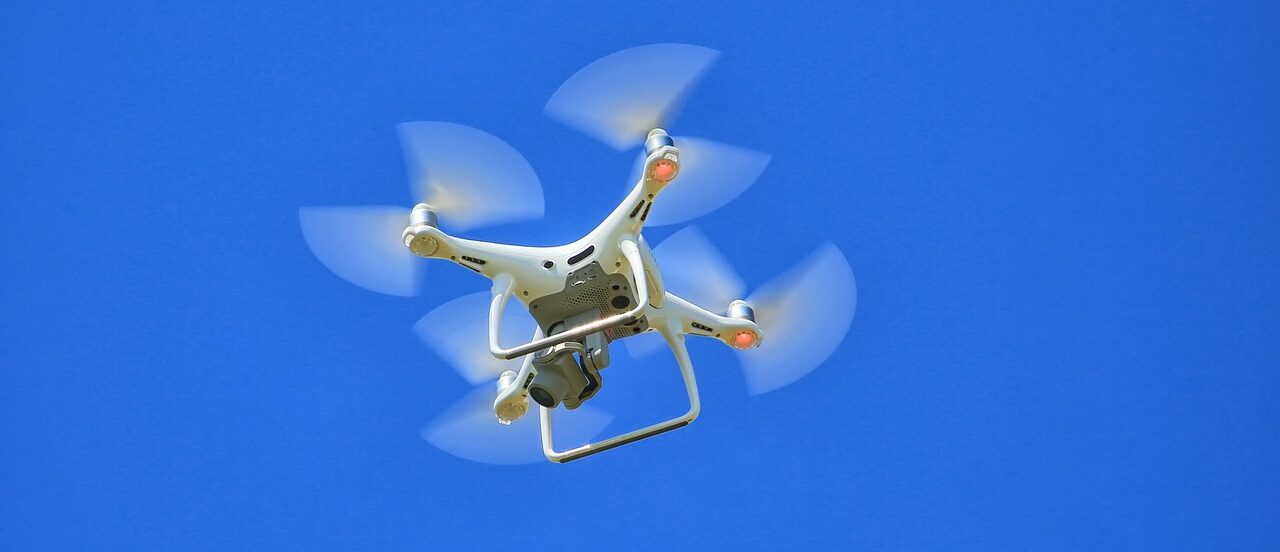Considering the Size and Weight of Drones: Portability and Storage
When choosing a drone, size and weight are critical factors that can influence how and where you use it. These factors impact portability, storage, and ultimately your overall experience with the drone. Whether you’re a hobbyist, professional, or a casual user, understanding how size and weight play into drone usability can help you make an informed purchase. Here’s an in-depth look at why these elements matter and how they can affect your drone-flying adventures.
Importance of Size and Weight
Portability:
-
Smaller and lighter drones are easier to carry around, making them ideal for travel and outdoor adventures.
-
Compact drones can be stowed in backpacks or specialized carrying cases without much hassle, ensuring they are always ready for impromptu flights.
Storage:
-
Drones that are small and lightweight typically require less storage space. This can be a significant advantage if you live in a smaller home or apartment.
-
Larger drones may need dedicated storage solutions, such as shelves or hard cases, to protect them from damage.
Ease of Use:
-
Lightweight drones are generally easier to handle, especially for beginners. They require less force to maneuver and are less likely to cause fatigue during extended flying sessions.
-
The size of the drone can also impact ease of use. Smaller drones are often more agile and can fly in tighter spaces.
Categories of Drone Sizes and Weights
Micro Drones:
-
Size: Typically less than 150mm diagonal.
-
Weight: Usually under 250 grams, including the battery.
-
Usage: Ideal for indoor use, learning the basics of drone flying, and close-range flights.
-
Pros: Highly portable, easy to store, generally less expensive, no need for registration in some countries.
-
Cons: Limited flight time and range, smaller cameras with lower resolutions.
Examples:
-
DJI Mini 2: Weighs just 249 grams, making it highly portable and exempt from certain regulations.
-
Ryze Tello: Compact and lightweight, perfect for beginners and indoor flying.
Small Drones:
-
Size: Ranges from 150mm to 350mm diagonal.
-
Weight: Generally between 250 grams to 1 kilogram.
-
Usage: Suitable for both indoor and outdoor flights, hobbyist photography, and casual videography.
-
Pros: Balanced portability and performance, better camera options, longer flight times than micro drones.
-
Cons: May still face some regulatory requirements.
Examples:
-
DJI Mavic Air 2: Weighs around 570 grams, offers excellent camera quality and features.
-
Autel Robotics EVO Nano: Lightweight and portable, yet powerful enough for serious photography.
Medium Drones:
-
Size: Typically between 350mm and 600mm diagonal.
-
Weight: Ranges from 1 kilogram to 2.5 kilograms.
-
Usage: Best suited for outdoor flying, professional photography, and videography.
-
Pros: Superior camera quality, advanced flight features, longer flight times.
-
Cons: Less portable, requires more storage space, usually subject to more stringent regulations.
Examples:
-
DJI Air 2S: Weighs 595 grams with a powerful camera and advanced features for professional use.
-
Yuneec Typhoon H: Offers impressive capabilities with a 1.8-kilogram weight, designed for serious videographers.
Large Drones:
-
Size: Typically larger than 600mm diagonal.
-
Weight: Usually over 2.5 kilograms.
-
Usage: Primarily for professional and commercial use, such as filmmaking, surveying, and industrial inspections.
-
Pros: Best-in-class camera systems, extended flight times, capable of carrying additional payloads (e.g., specialized cameras, sensors).
-
Cons: Least portable, requires significant storage space, may need special handling and transport cases, strict regulatory compliance.
Examples:
-
DJI Inspire 2: Weighs around 3.5 kilograms and is favored by professional filmmakers.
-
Freefly Systems Alta 8: A heavy-duty drone designed for high-end commercial applications, weighing around 6.2 kilograms.
Practical Considerations for Size and Weight
Travel and Adventure:
-
If you plan to travel frequently with your drone, prioritize compact and lightweight models. This ensures you can easily pack and carry the drone without adding significant weight to your luggage.
-
Consider drones with foldable designs. These drones collapse into a more compact form, making them even more portable.
Storage Solutions:
-
For small and medium drones, look for carrying cases that offer protection and ease of transport. Many drones come with custom cases that fit the drone and its accessories perfectly.
-
For larger drones, you might need dedicated storage solutions like hard cases with foam inserts or specialized drone backpacks with compartments for batteries, controllers, and other accessories.
Regulations and Compliance:
-
Be aware of local regulations regarding drone size and weight. Some countries have specific rules for drones over a certain weight, including registration and operational restrictions.
-
Lightweight drones (under 250 grams) often have fewer regulatory hurdles, making them more accessible for casual users.
Usage and Performance:
-
Consider how the drone’s size and weight impact its performance. Larger drones can generally carry more advanced cameras and sensors, but they might be less agile and harder to transport.
-
Smaller drones are more maneuverable and can fly in tighter spaces, but they might compromise on features like camera quality and flight time.

